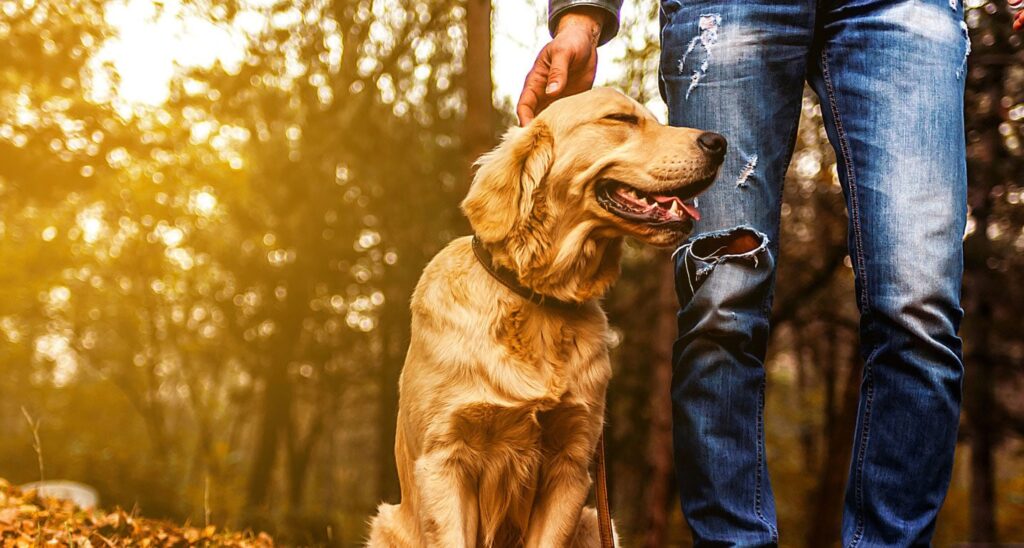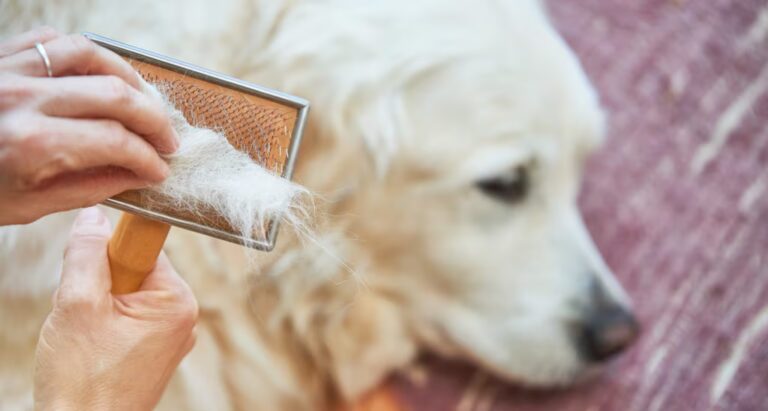Acorns And Dogs Don’t Mix

Photo by iStock.com/MilosStankovic
With acorns and oak leaves covering the ground this time of year, many people do not think much of letting their dogs pick up a leaf or acorn, but the fact is that acorns and oak leaves are both toxic to dogs.
Are Acorns And Oak Leaves Safe For Dogs?
The toxic principle is unknown, but they do contain gallotanins, a combination of gallic acid and tannic acid which can be harmful to dogs causing stomach upset and even kidney disease.
While some dogs may ingest acorns without severe issues, acorns can commonly cause mild to moderate gastrointestinal upset. This can include bloating, vomiting, diarrhea and general discomfort for your dog. There is also risk of obstruction or irritation from the actual acorns or pieces of acorns, especially in smaller dogs.
More serious illness from acorns and oak trees often comes from dogs consuming large quantities of young oak leaves or acorns, but keep in mind, depending on the size of your dog, “large quantities” is a relative term.
Signs of more serious illness often include a loss of appetite, increased thirst and urination, and lethargy.
I know of two Chihuahua puppies who were seen chewing on a couple of acorns. They developed a bloody diarrhea and their kidney values became markedly elevated. In spite of emergency treatment, they died of renal failure. While death is not a common result, it can happen.
It’s always best to be cautious and contact your veterinarian immediately if your dog has eaten acorns or oak leaves.
An additional danger to keep in mind is water that has acorns or oak leaves in it. Acorns, oak buds, leaves and drinking water that acorns and oak leaves have soaked in, have all caused symptoms of oak poisoning in dogs.
If possible, minimize your dogs’ exposure to acorns, and be especially careful that their dog bowls for food or water are not contaminated.
Oak trees are very common and most people don’t have problems, but they are not the trees of choice to have in a backyard full of pets. Since there are a variety of oak trees, leaves and acorns can come in a variety of shapes and sizes. Familiarize yourself with the trees in your area to identify them appropriately and ensure your dog steers clear.
If you live in an area where acorns are a common occurrence, teach your dog “leave it” and “drop it” commands which are helpful in any situation. Also consider bringing your own healthy dog treats or toys on walks to help keep your dogs focus away from the acorns. If the acorns are in your own back yard, make sure to rake leaves and acorns regularly.
Acorn Fast Facts
- Acorns and oak leaves contain a combination of gallic acid and tannic acid which can be harmful to pets.
- If a dog has eaten an acorn, symptoms can include stomach discomfort, vomiting and diarrhea.
- More severe poisoning may occur in smaller dogs or dogs who have eaten a larger quantity of acorns.
- Because they are hard and sharp, acorns can also cause obstruction and internal damage.
- Water that has been exposed to oak leaves or acorns (example leaf or acorn falls in water dish) can also be poisonous.
- Avoid acorns by brining treats and dog toys to distract your dog.
- If your dog has eaten acorns or oak leaves, always be safe and contact your veterinarian.
More Dog Poisons You Need To Know About:











